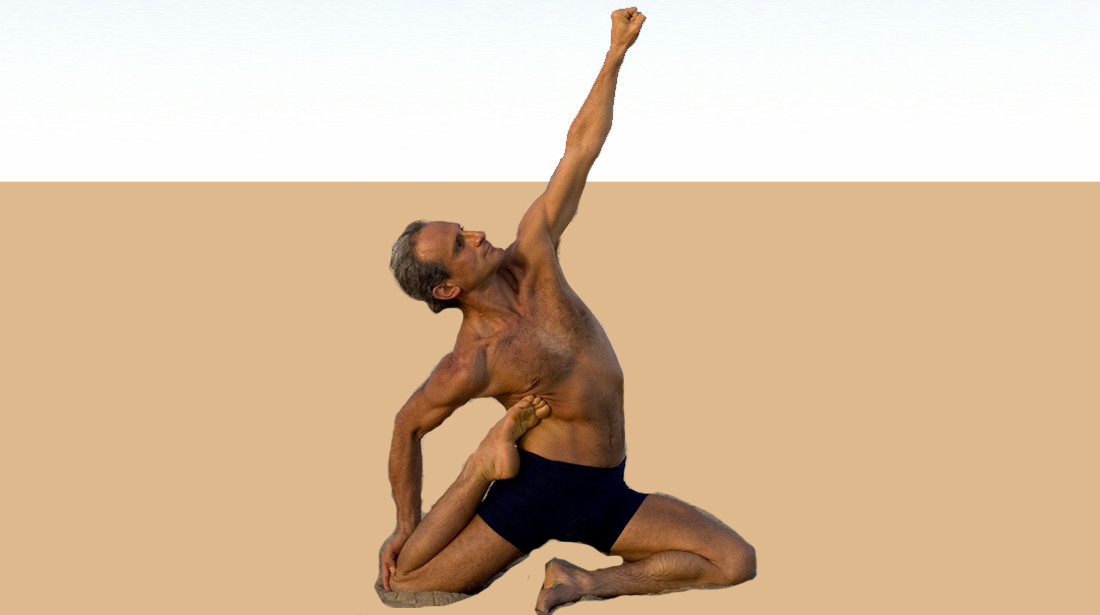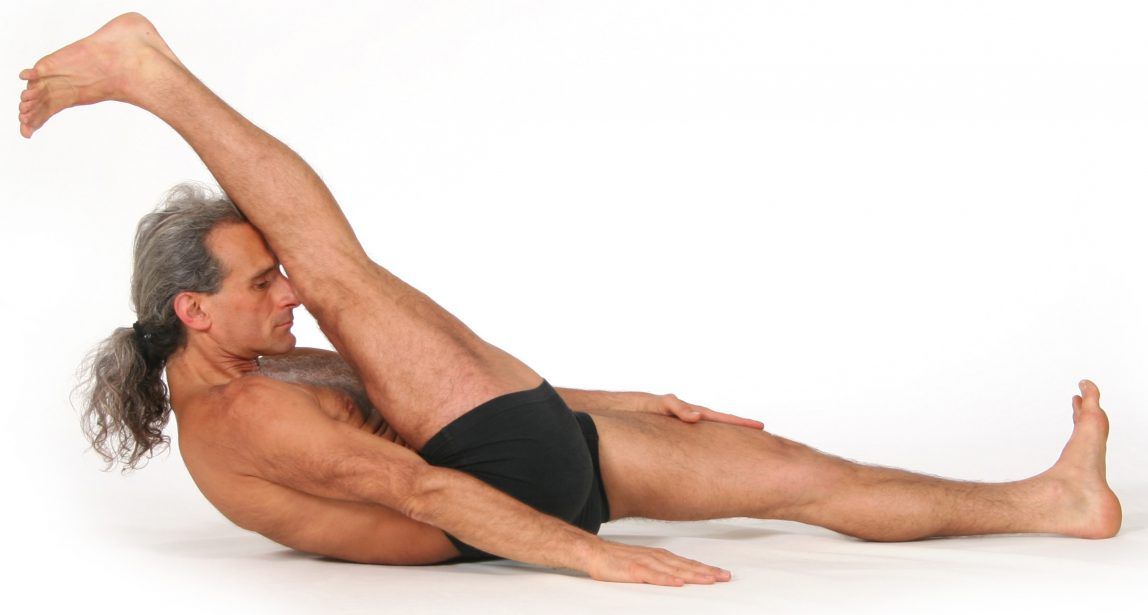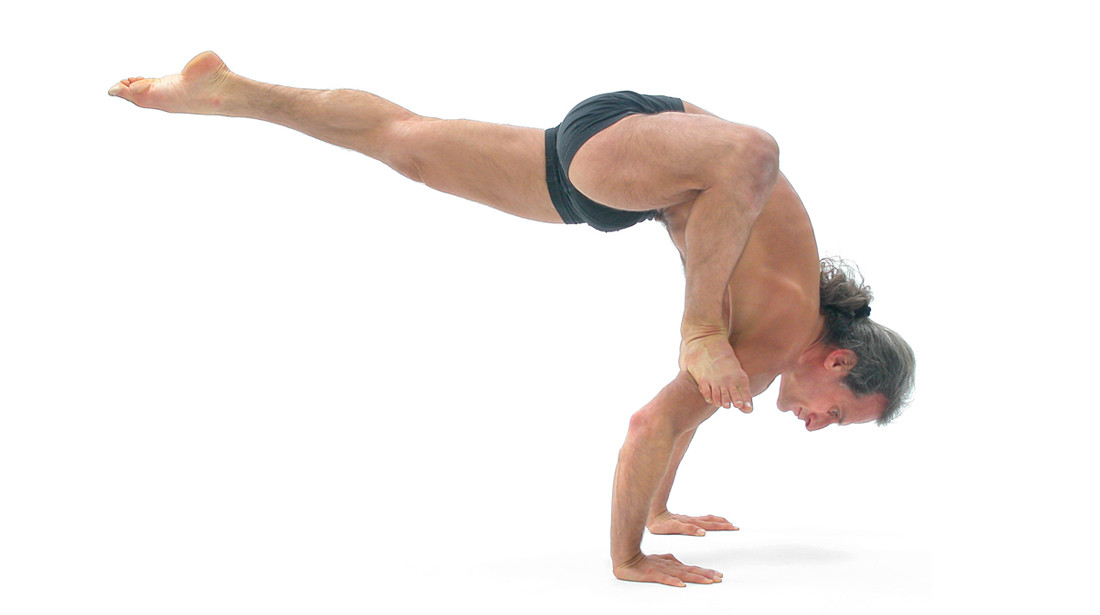In this short video below I discuss the seven main ways you can exhale and how by understanding and mastering these ways of exhalation you can stimulate the pleasure centres of your brain, improve core strength, save energy, reduce stress, make your spine more mobile and flexible, and massage your internal organs to improve the function of your digestive …
How your yoga practice can make you fat and weak
Bad diet, an unfocused mind, stressful practice, not using your diaphragm, holding postures too long, over-tensing muscles, not being able to properly activate muscles and abdominal over-breathing can all make your yoga practice ineffective and impede your progress for a lifetime. We previously posted an article about the basic tenets of the Yoga Synergy Method, which can make any style …
Holding your breath for increased strength, flexibility, healthier digestion and to eat less food
Although there are many benefits to learning how to use all the muscles of breathing, and to learn to breathe in many ways, in the more advanced stages of yoga it is the art of breathing less than normal (hypoventilation) that gives the most physiological benefits. The less you breathe in and out the more you will build up carbon dioxide …
How to Practice Any Yoga Style and What Makes a Good Teacher
by Simon Borg-Olivier MScBAppSc(Physiotherapy) I am constantly being asked during workshops and after classes what my opinion is about different yoga styles. I do not want to speak against any style of yoga because, with the right principles, all yoga can be performed in a safe and effective way that will help you both physiologically and anatomically. A yoga practiced …
Principles of Yoga Therapy: Practical Therapeutic Applications of Yoga
How does the practical application of some physiology and anatomy theory can make a difference in your yoga practice? Below we have presented some ’quickies’ on how to make not just your yoga practice but your daily exercises more intelligent, more effective and safer. Then we have some of the basic principles of Yoga Therapy that have been adapted from …
Is it Correct to ‘Pull the Navel towards the Spine’? Answer: Yes and No!
Many people in the world of yoga, Pilates and fitness tell their clients and students to do something like ‘pull the navel to the spine’. If you google this expression you find articles that give a flurry of controversy on whether on not it is a good idea to ‘pull the navel to the spine’. In this video, exercise-based physiotherapist …
Patañjali’s 8 Limbs of Yoga
The Eight Limbs of Yoga by Claudia Blaxell There is no better place to discover the wisdom of the body-mind connection than on our yoga mats, where the physical postures or āsanas we do cultivate strength, flexibility and vibrant health, as well as an awareness of the psychological effects of the practice. However, yoga entails much more than stretching, …
Practical Applied Anatomy and Physiology of Yoga Courses by Simon Borg-Olivier
Article By Simon Borg-Olivier: ‘Using your diaphragm to simultaneously enhance power, core stabilisation, relaxation, digestion, immunity and sexual function’: The diaphragm is a major muscle that is the key to internal power, as well as an often forgotten but very important contributor to core stabilisation. In addition, the diaphragm has important neurological control over the autonomic nervous system. Diaphragmatic breathing is …
Secrets of advanced breath-control (pranayama) with internal locks (bandha), energy-control gestures (mudra) and internal cleansing (kriya)
This is a video segment on breath-control exercises (pranayama) and in particular breath retention (kumbhaka) with internal locks (bandhas) from a workshop I was invited to teach in June 2012 in Moscow by the really amazing teachers and students of the Yoga 108 School in Moscow and Wild Yogi Magazine. Along with fellow physiotherapist and co-director of Yoga Synergy, Bianca Machliss, I …
Regulate your breath to control body and mind
The ultimate state of pranayama (yogic breath-control) and meditation is a state where breathing is reduced as much as possible without force. However this is a process that can for most people take a life time. In order to work towards the mastery of yoga it is sometimes useful to breathe more than normal (hyperventilation) but eventually the aim …




